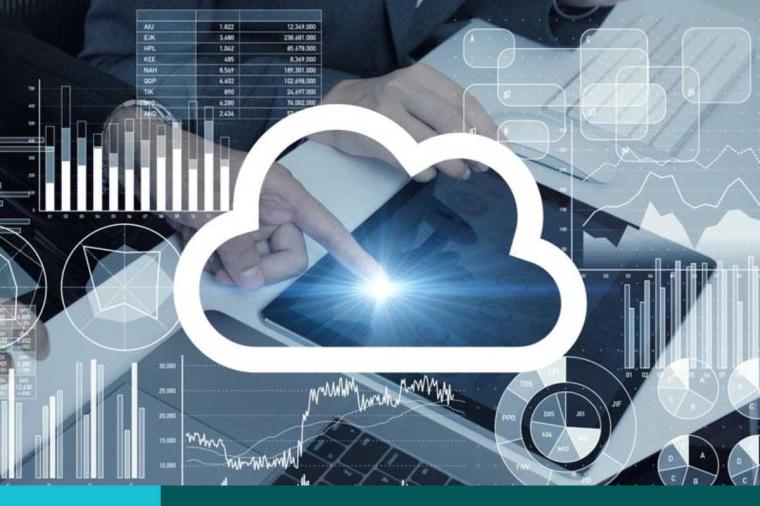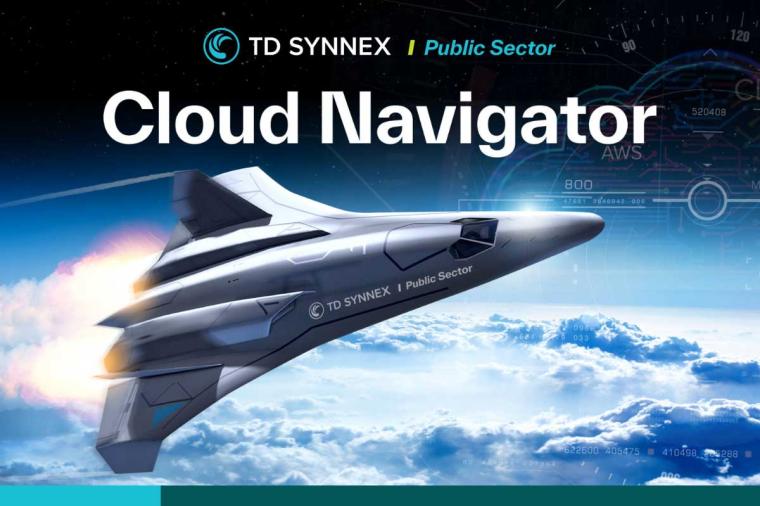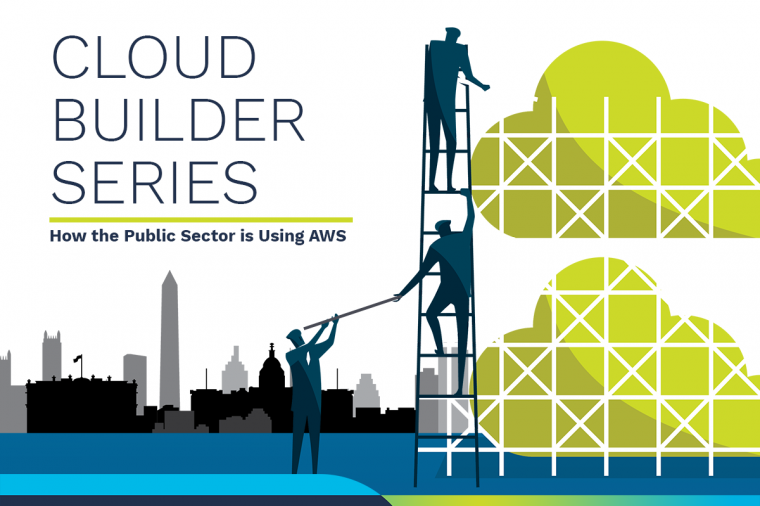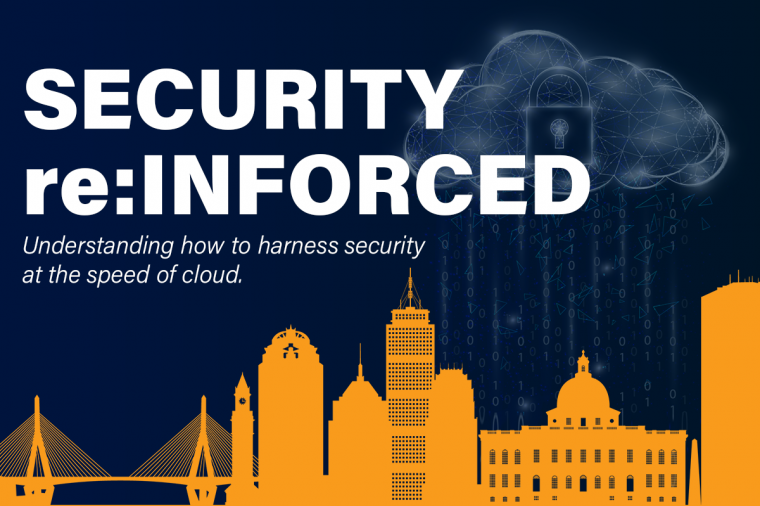Where Contract Administration Meets the Cloud
Chris Rader is a DLT Solutions Senior Contract Administrator, a cloud enthusiast, and a cloud procurement aficionado. Chris also recently became a Certified Federal Contracts Manager (CFCM) through the National Contract Management Association (NCMA).
Chris has become a cloud-contracting expert through working with David Blankenhorn, DLT’s Chief Cloud Technologist. Chris and David meet regularly, helping Chris to develop a deep understanding of the technical aspects of cloud. Because of Chris’ hard work and the knowledge he’s gained working with David, he has become known as a special kind of entity at DLT: Chris-Rader-as-a-Service. His nickname speaks to his ability to collaborate with vendors, sales representatives, and even customers in situations where the government is transitioning to the cloud. With Chris’ help, DLT was recently awarded a 10-year cloud contract for Amazon Web Services (AWS) by King County, WA, which has the eighth largest IT spend of any US county. The GSA also awarded DLT an Email-as-a-Service BPA for Google Apps while the Texas Department of Information Resources (DIR) awarded the company a four-year statewide vehicle for AWS. Chris had a part to play in these, too.
Although the sales team and vendors are usually the main people interacting with customers, “we (contracts team) collaborate a lot with our customers directly, especially when it is a new offering, like cloud, where a strong educational component is necessary. We are all learning what cloud is at new depths as the possibilities that cloud offers are rapidly expanding. Many of the vendors we support entered or are entering the government business through DLT. We spend a lot of time up front getting to know them and their business and helping them reach the compliance necessary to conduct business on government contracts such as GSA,” states Chris.
Navigating Cloud Procurement
As more customers transition from data centers to the cloud for its customizability and accessibility, contract agreements that govern the purchase and sale of cloud technologies are also changing. One reason is that cloud contracts shift more responsibility to customers in exchange for more computing power, storage, and customization options. Customers benefit because they have a huge amount of power within the cloud framework to work with at a cost that is often far cheaper than owning and managing the physical components. However, new cloud users can be confused or unaware of how to make the most of the options they have.
Chris, speaking on his role when working with customers, says he has become more of an educator than a negotiator. In order to spread awareness about the cloud and its capabilities, he has written his own procurement guide for AWS, which you can download here.
Chris says that two of the most difficult concepts to grasp for both buyers and sellers of cloud is purchasing and billing. According to the Federal Acquisitions Regulations (FAR), only products and services can be purchased, thus cloud technologies, like AWS, are forced into being labeled one or the other when it’s really both. Chris says that because of this, “AWS breaks the model of government IT contracting across the board. I like to think of AWS as a utility model, like your water bill. You only are billed for what you use. You can use the water however you like.”
Benefits of Cloud
However, if customers can navigate the many regulatory and contractual grey areas, Chris assures that it is worth the trouble. “Government can be hesitant to try cloud technologies. Once they adopt, we see they are very satisfied with the security, flexibility and huge cost savings within their unique environment,” he said.
This ambivalence toward cloud is apparent in its fragmented adoption across the public sector. Chris mentions that although cloud has seen rapid adoption in some state and federal markets. A few states are holding back on establishing contracts that permit cloud technology. Chris believes this is due to their position on data sovereignty (wanting data to reside only within their state) and fear around security. While these states are formulating their official position, state entities continue to purchase cloud within their charter. The momentum is building across the board as cloud providers are nimble in responding to government customer needs.
Chris’s Advice On Procuring Cloud
- Take a step back and look at what terms are applicable and how they are managed. Because cloud billing is more similar to utility billing than a traditional product or service. It’s important to understand your terms and conditions and how you will be charged.
- It’s really important to know the buzzwords. Customers can learn them and the basics of cloud by downloading DLT’s free “Cloud Computing for Dummies” eBook, which is available here.
- Think about which paradigm you’re working with. As he said earlier, cloud computing completely breaks the model of government IT procurement. Users need to be aware of this in order to acquire it. Part of understanding what paradigm you’re working with is understanding that there are different pillars within the cloud, and that each one has its own nuance. There’s Infrastructure-as-a-Service, Software-as-a-Service, and Platform-as-a-Service. For a breakdown of each visit our Cloud Models page.
















































